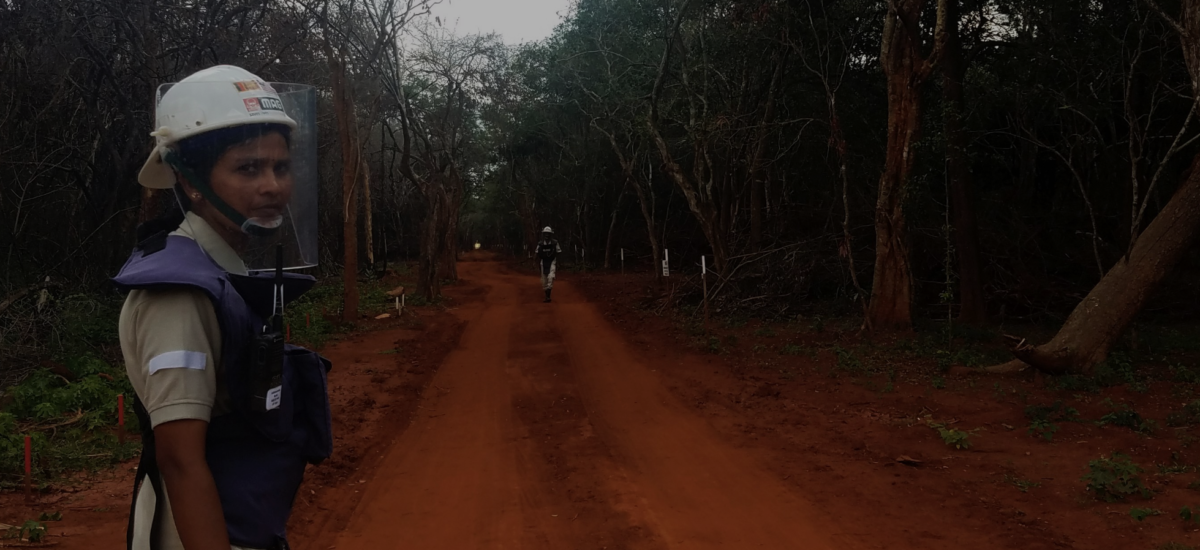Nine years after the end of the war, Sri Lanka is still working to address residual traces of conflict that linger in varying forms across the island, and concentrated in the Northern and Eastern provinces.
These range from the intangible, in terms of persistent human rights issues that have gone unaddressed by successive governments, to the tangible effects of widespread land occupation and, as this piece will explore, landmines and unexploded ordinance (UXO) still embedded in the earth.
What takes a few minutes to bury, takes far longer to defuse.
The work to clear these areas for those returning home is a slow but steady process. Eight agencies – both local and international – and the Sri Lanka Army continue to engage in demining, mainly in the Northern province. While clearance does take place in the Eastern province as well, the concentration of mines is relatively low, and the entire Batticaloa district was declared mine-impact free in 2017. This does not necessarily mean that every single mine has been removed, but that most of them have been cleared, to a level known as residual risk, i.e the “risk remaining following the application of all reasonable efforts to remove and/or destroy all mine hazards from a specified area, and to a specified depth.”
The mines that do remain present a danger to families and communities that are among the most economically vulnerable in the island. They also delay the safe return of internally displaced people (IDPs). Their impatience to return has proved to be an impediment to demining work in some areas. Yet, their eagerness to return is understandable; the people living in conflict-affected areas are also heavily dependent on the land for agriculture and survival. Until clearance is complete, mines prevent access to paddy fields, fishing jetties and land for grazing, all primary sources of livelihood for the majority of people living in this area.
Many of the de-miners working with The HALO Trust and the Mines Advisory Group (MAG) have either witnessed, or otherwise been directly affected by the conflict, Groundviews found. Many of them struggled to provide for their families, even after the end of the conflict.
Access the story directly on Sway or embedded below.

